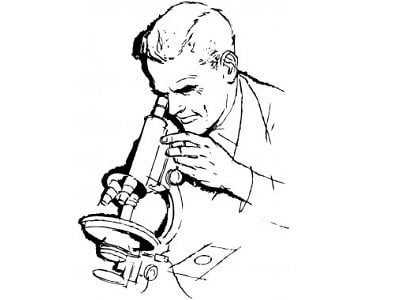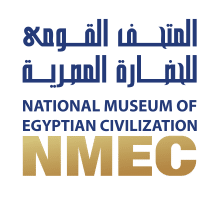
Archaeobotany is the study of archaeological plant remains. The archaeobotanical analysis aims to explore how humans exploited the plant kingdom; whether using plants as food, fuel, building materials such as household furniture, or in other industries such as pottery and brick production. In addition, the science of archaeobotany investigates agricultural practices, the trade-in crops, and agricultural products (which in turn allows the study of ancient economies within a certain timeframe). It also aims to understand and re-imagine paleo-environments.
Archaeobotanical Research Unit
The archaeobotanical research unit at the NMEC plays an important role, as it studies the output of the ministry’s excavations or excavations from outside the Ministry of Tourism and Antiquities, and provides research-dedicated facilities and staff to create capacity, opportunity, and supportive environment to:
- Promote the critical study and analysis of archaeobotany in Egypt.
- Support researchers by providing the necessary equipment and facilitates.
- Create a herbarium of modern plants as a reference collection.
- Train archaeologists in sampling and studying plant materials.
- Encourage archaeological missions to develop and follow a strategy for sampling and studying archaeological plants.
